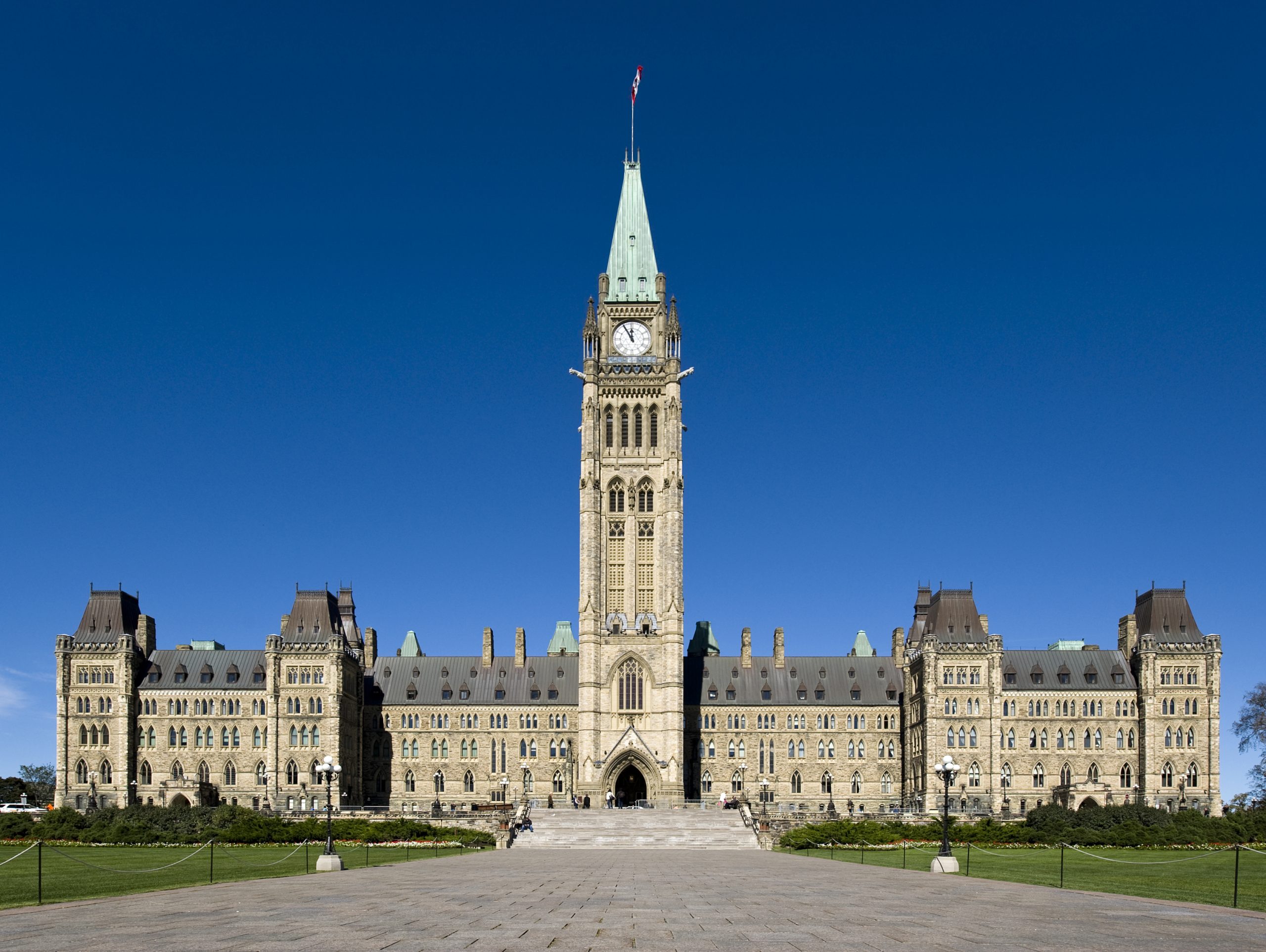Paul Martin has presided over two of the most remarkable budgets — if not the most remarkable budgets — in postwar Canada.In 1995, finance minister Martin presented postwar Canada’s most courageous budget, the one that laid the foundation for slaying the grotesque federal deficit. ”Come hell or high water,” the deficit would be licked, he had pledged. Supported by prime minister Jean Chretien, the government delivered. Canada has been in excellent fiscal shape ever since.
In 2005, Prime Minister Martin presided over postwar Canada’s most expansive budget, a cornucopia of spending the likes of which Canadians have not seen for a very long time.
From budget-cutter to huge spender in a decade. Will the real Paul Martin please stand up?
Last week’s budget was remarkable in almost every way, but especially in a way largely overlooked in the postbudget commentary: How little things really changed.
When he was finance minister, Mr. Martin’s budgets featured new, innovative programs that really helped Canadians and their institutions, such as the child-tax credit, research programs for universities and research, registered education savings programs, and many others. Indeed, one of the ironies of the Chrétien years was how many innovative programs took flight under a prime minister who was supposed not to be a policy wonk.
By contrast, last week’s budget did very little new or innovative. Instead, it took existing programs and departments, and shovelled money into them. Programs that have been certifiable failures, such as some aboriginal programs, greenhouse-gas-reduction efforts, many efforts to encourage health-care “reform,” and multicultural giveaways received enormous additional outlays of money.
There were a couple of exceptions to this topping up of the status quo, such as giving federal excise-tax money for municipalities. That program qualifies as something new. It also makes for disastrously bad public policy, as time will show, because it mocks every elementary principle of accountability.
And maybe, when the long-delayed and rather farcical international policy statement is made public, something fundamental will change in foreign aid or policy. For example, if Canada targeted its aid to half the countries to which it now sends assistance, then that kind of targeting would qualify as something new. Just increasing the sums of aid, although laudable, is not.
But most of the budget’s spending for health, equalization, regional development, defence, aboriginals, environment, culture, and research showed little or no evidence of creativity, just a desire to pour tens of billions of dollars into familiar moulds.
It was as if either the entire civil service couldn’t come up with any new ideas, or the Martin government was so largely content with what it had inherited (Liberals usually being quite satisfied with their own creations) that it couldn’t think outside any boxes. As such, the budget was anything but “transformative,” to use one of Mr. Martin’s favourite words, although it was certainly lavish with about $40-billion in new spending over five years.
You could see this contentment with the status quo in the much-vaunted expenditure-review exercise that was supposed to have identified almost $11-billion in “savings” that could then be reallocated.
These “savings” have apparently been “booked” as done deals. We shall see, since almost all of them assume “savings” from more efficient delivery of existing services.
The key, however, to a serious expenditure-review exercise of the kind that Mr. Martin presided over as finance minister is whether programs are cut or severely reduced because they have outlived their usefulness or no longer give value for money. Almost all programs survived this review, which speaks volumes about it and the assumed “savings.”
Governments usually make hard decisions only when money is tight. Fundamental, structural reform — the flip side of innovative change — usually only comes when money isn’t oozing from every government department.
Take health-care, the crown jewel of the government’s efforts to bring about “transformative change.” Canadians will spend about $1.1-trillion — yes trillion — on health care in the next decade. The much ballyhooed federal-provincial agreement, reflected in the budget, will add an additional $41-billion during that period, or roughly another 4 per cent — not an amount that will force change.
For the foreseeable future, governing will mostly be about technicalities, since no money will be left for anything interesting, let alone for significant tax cuts.


